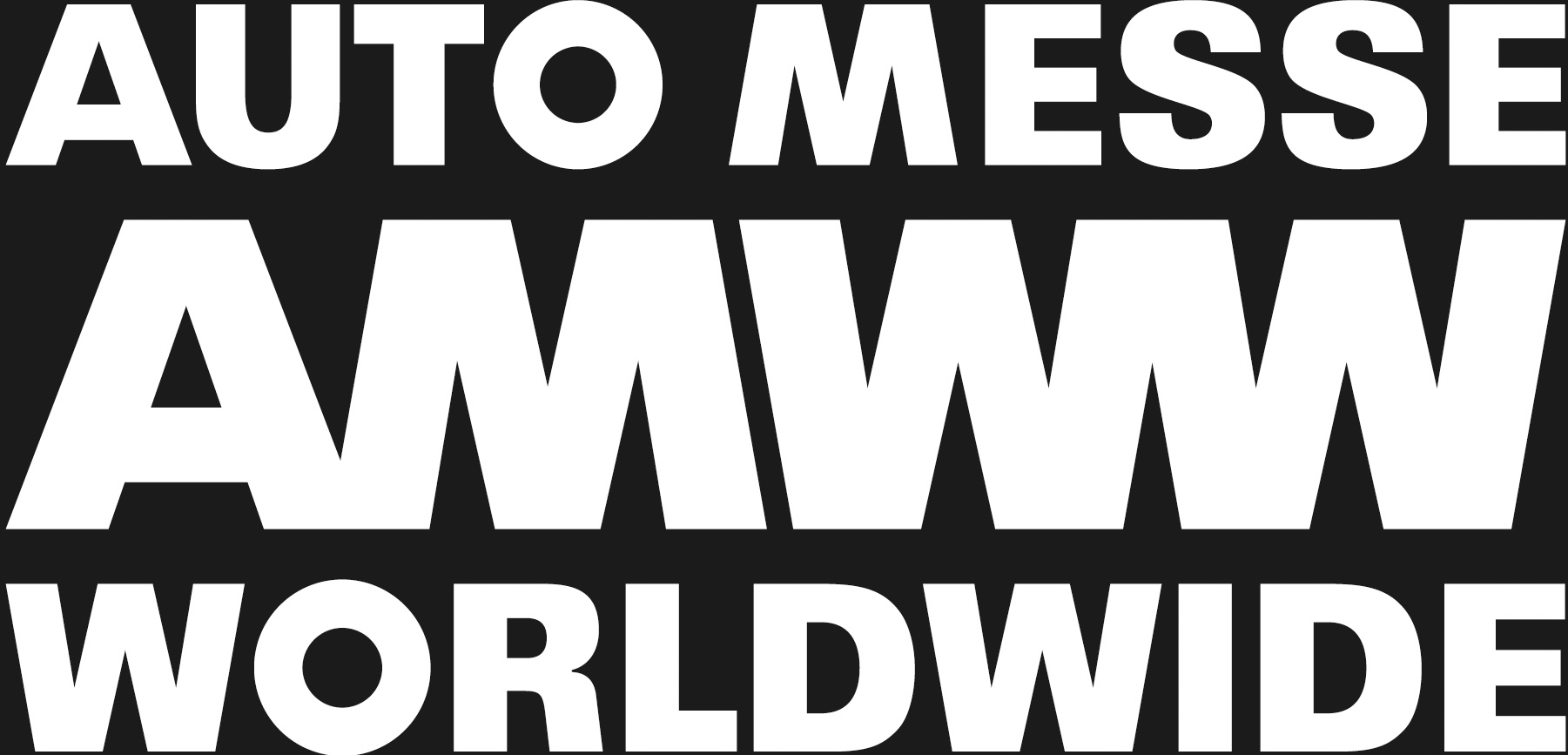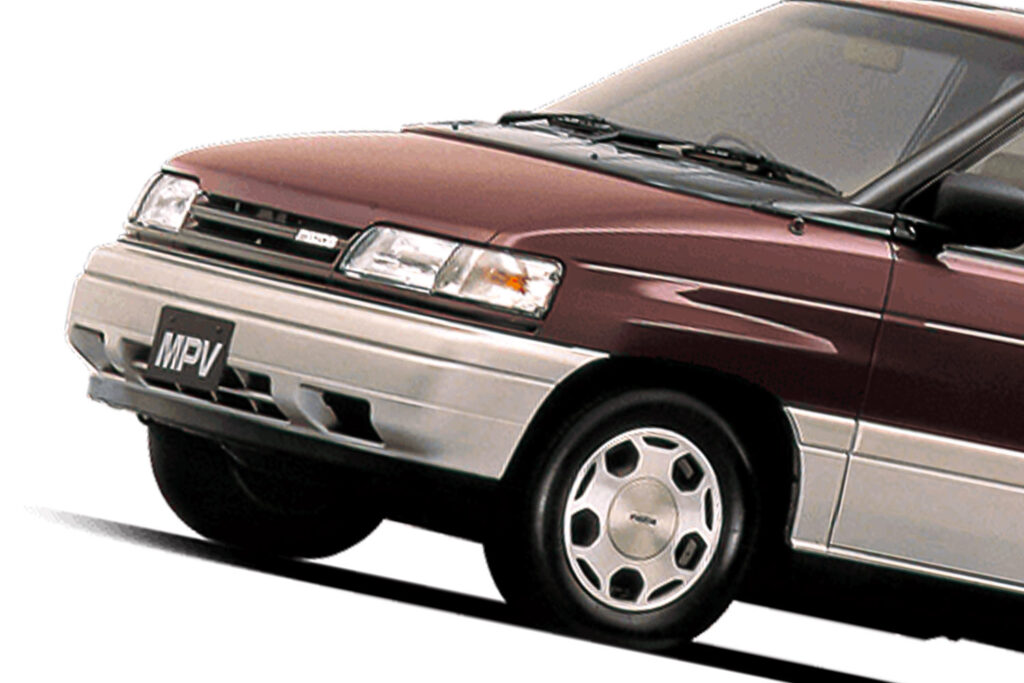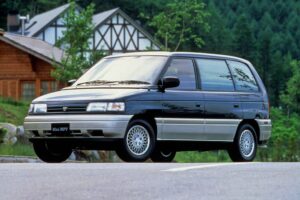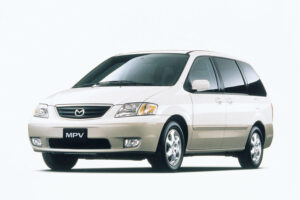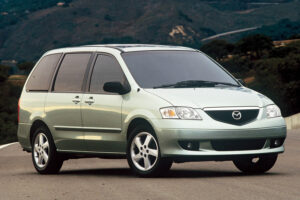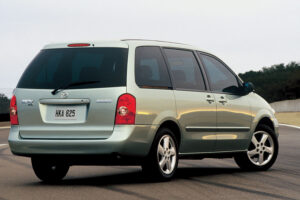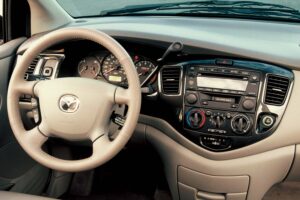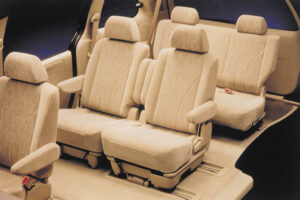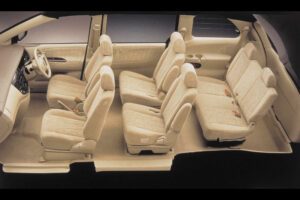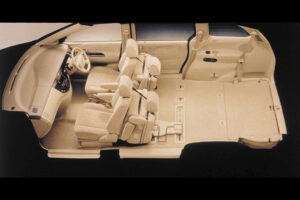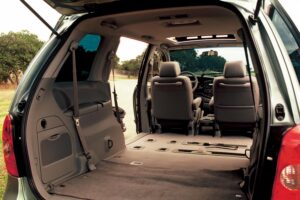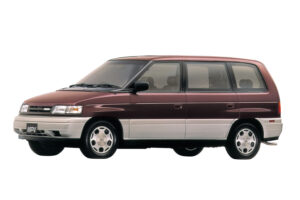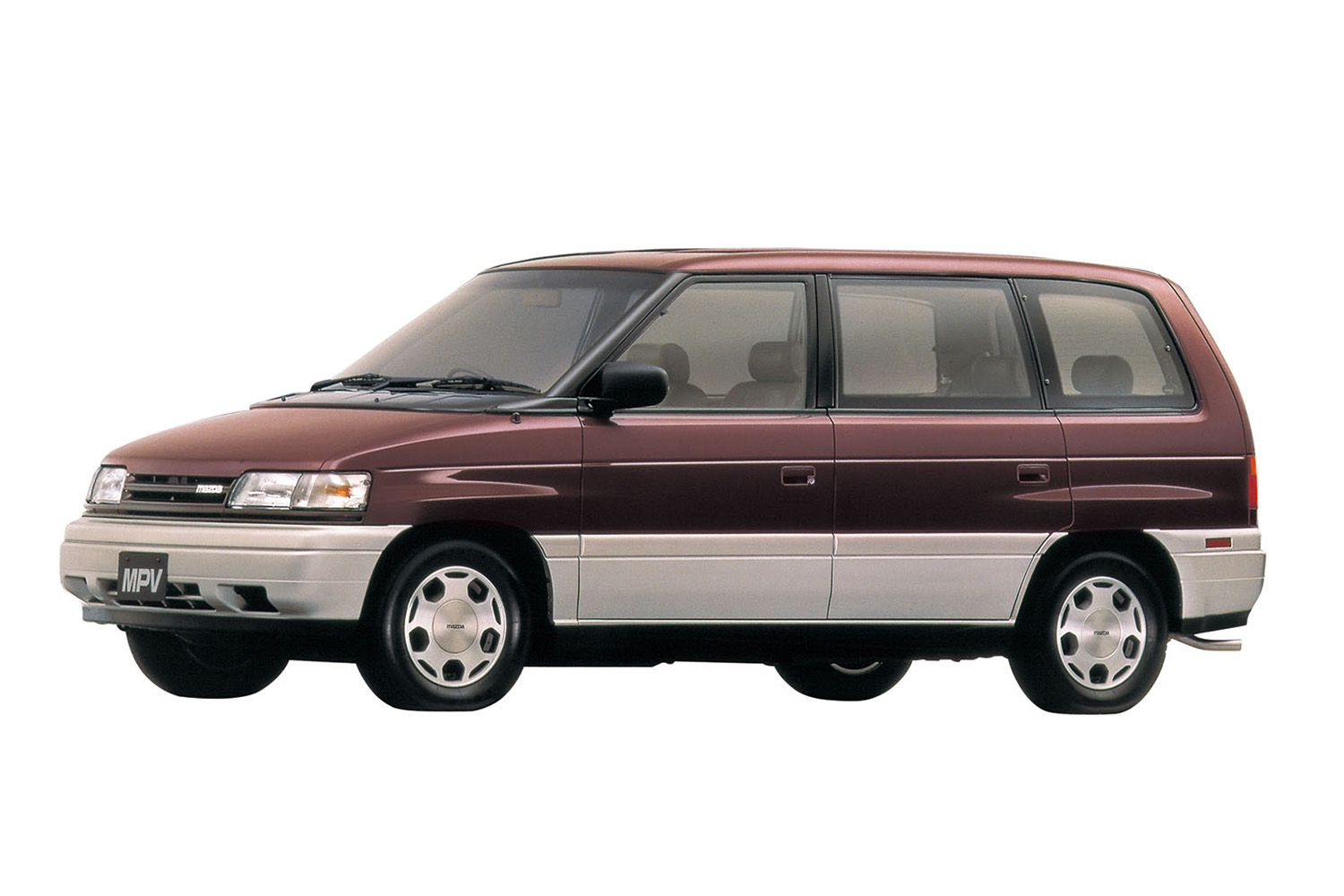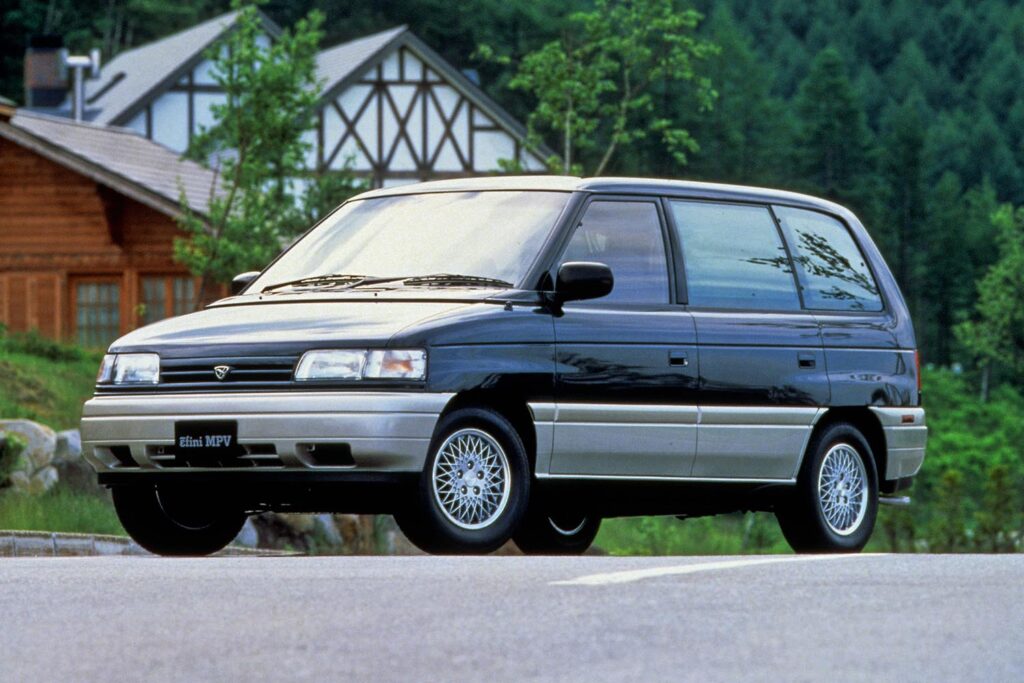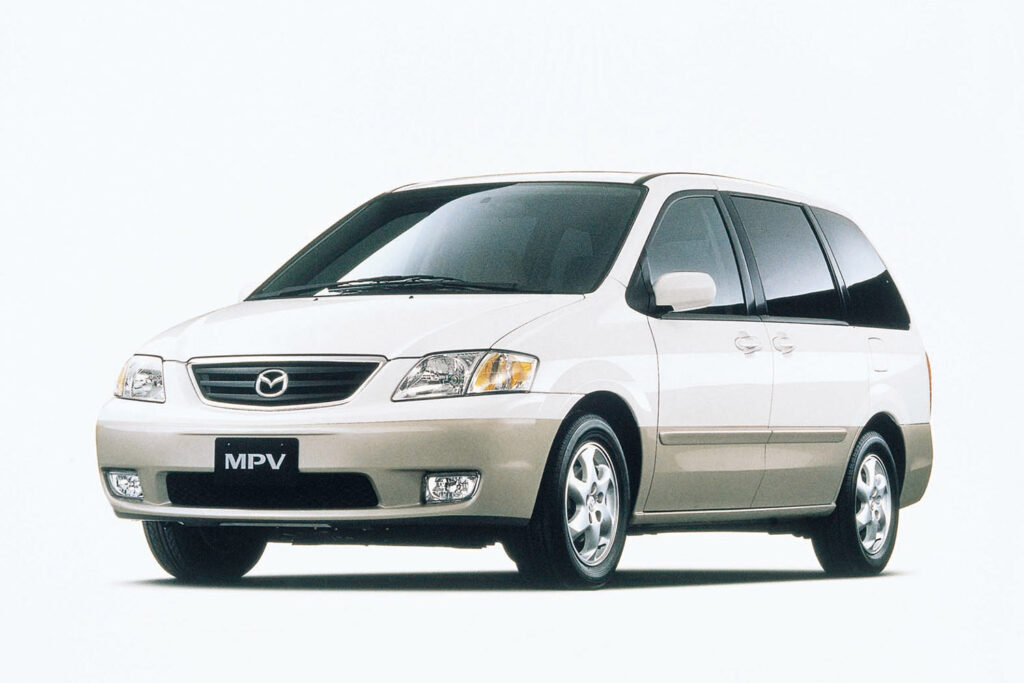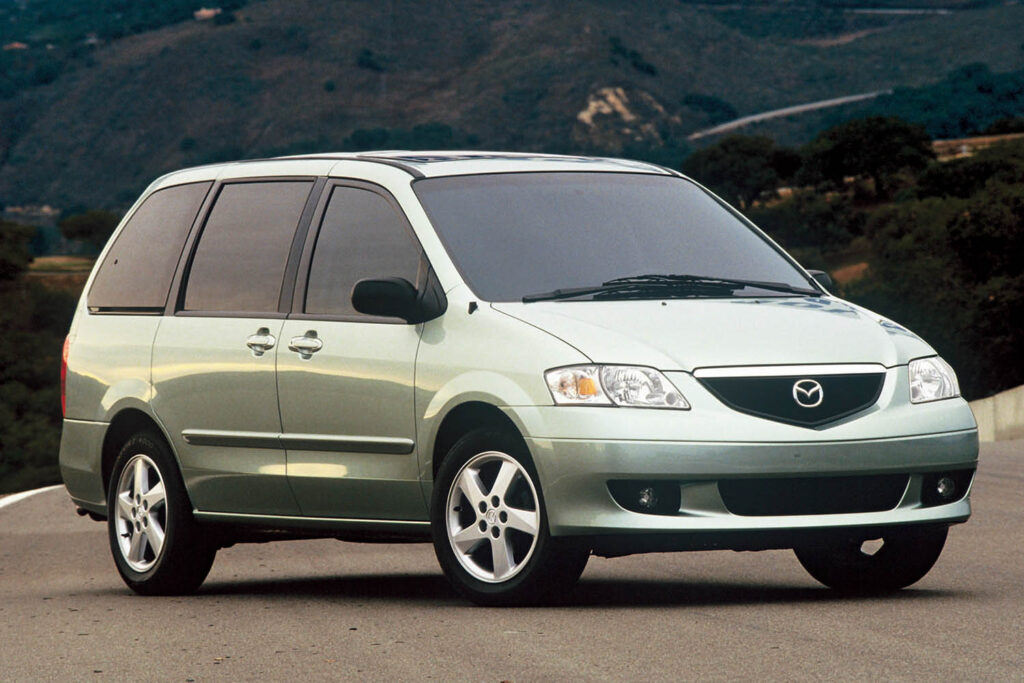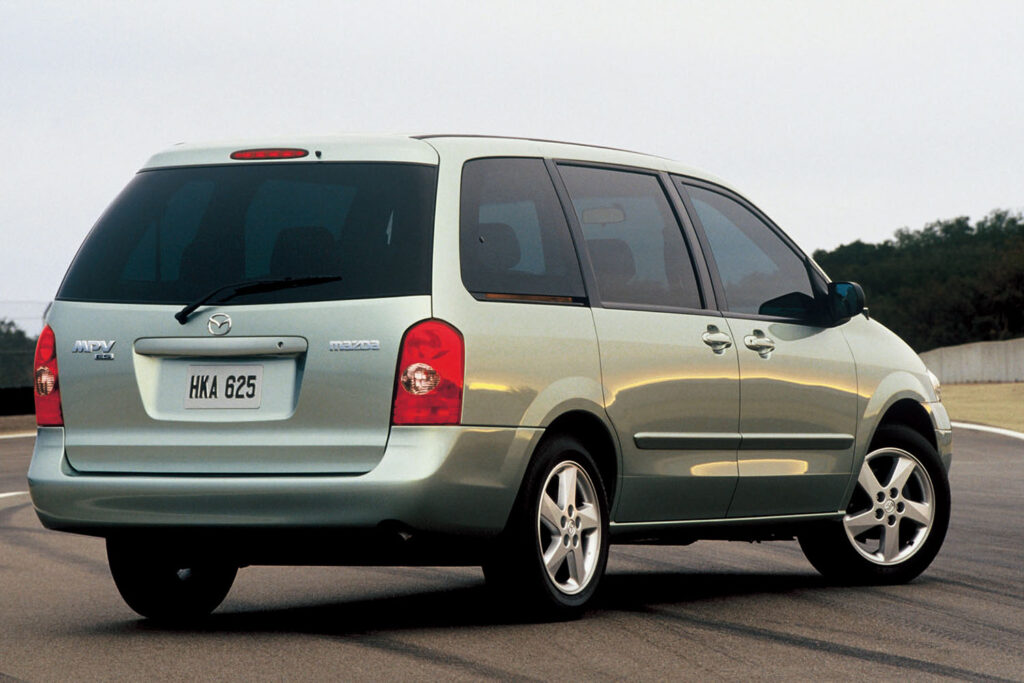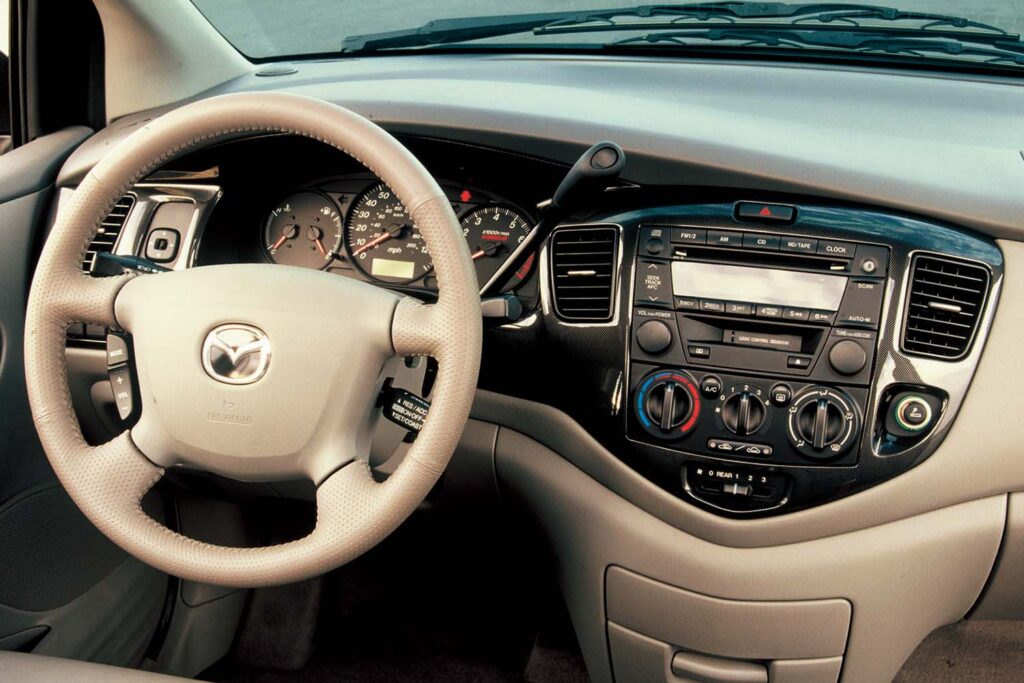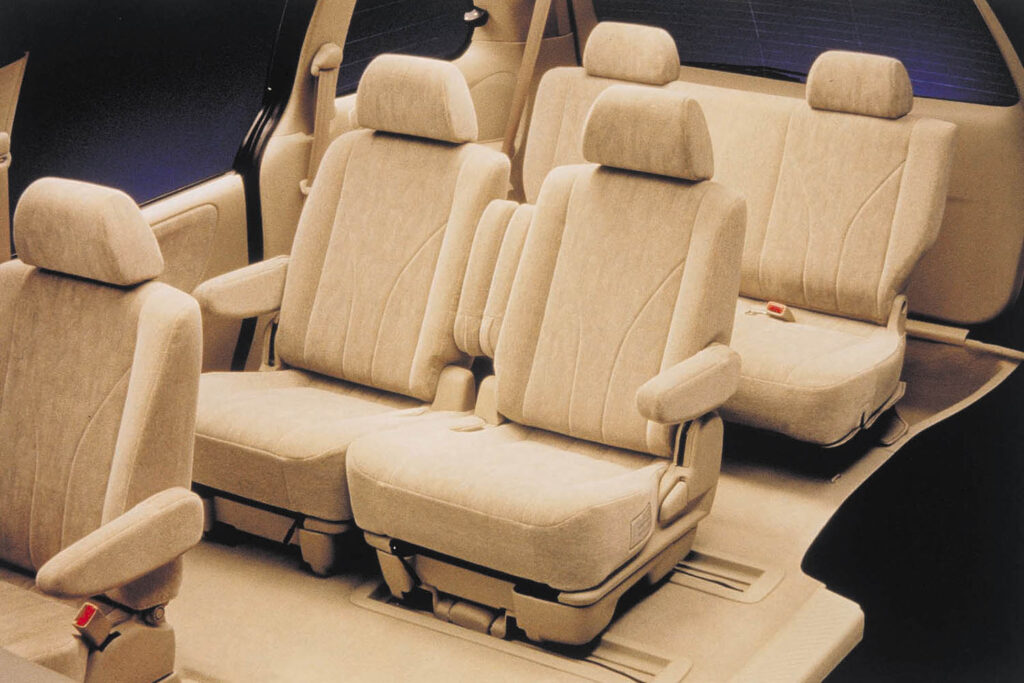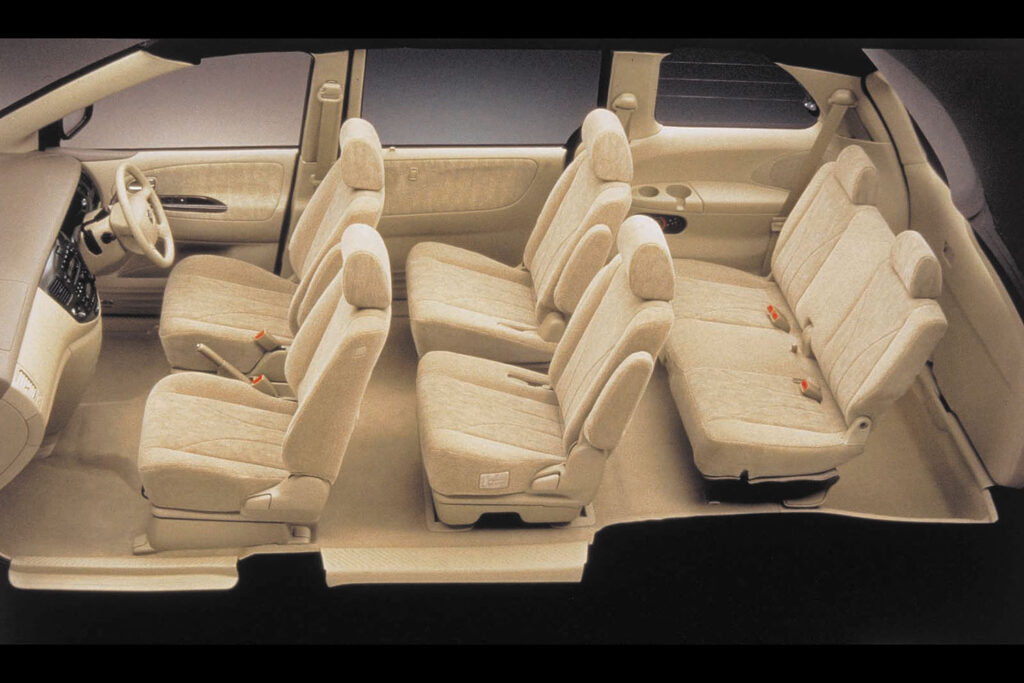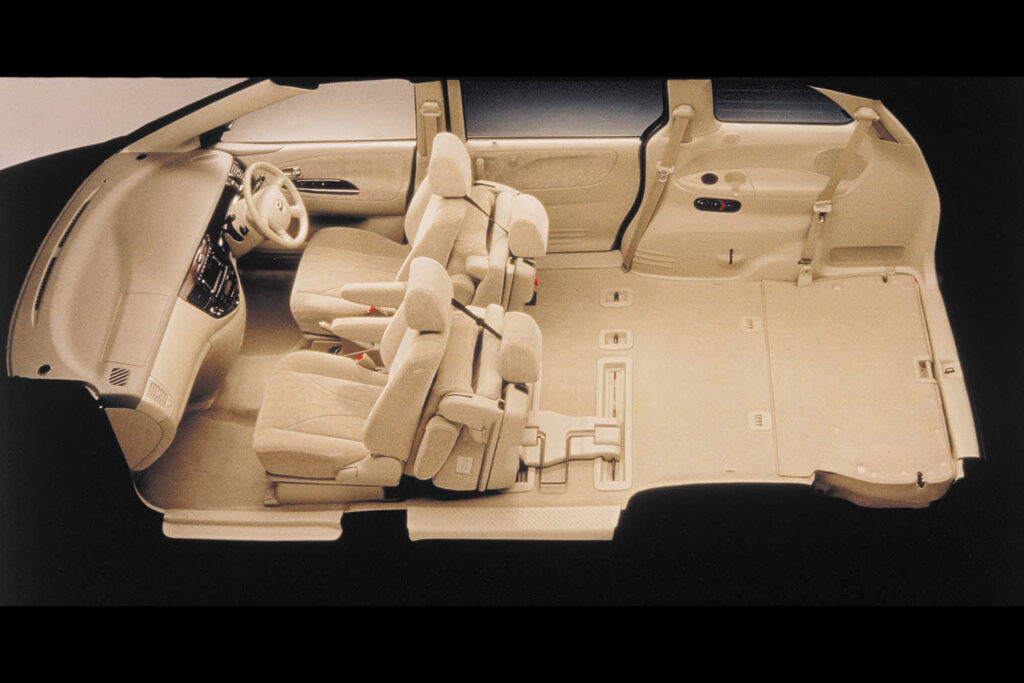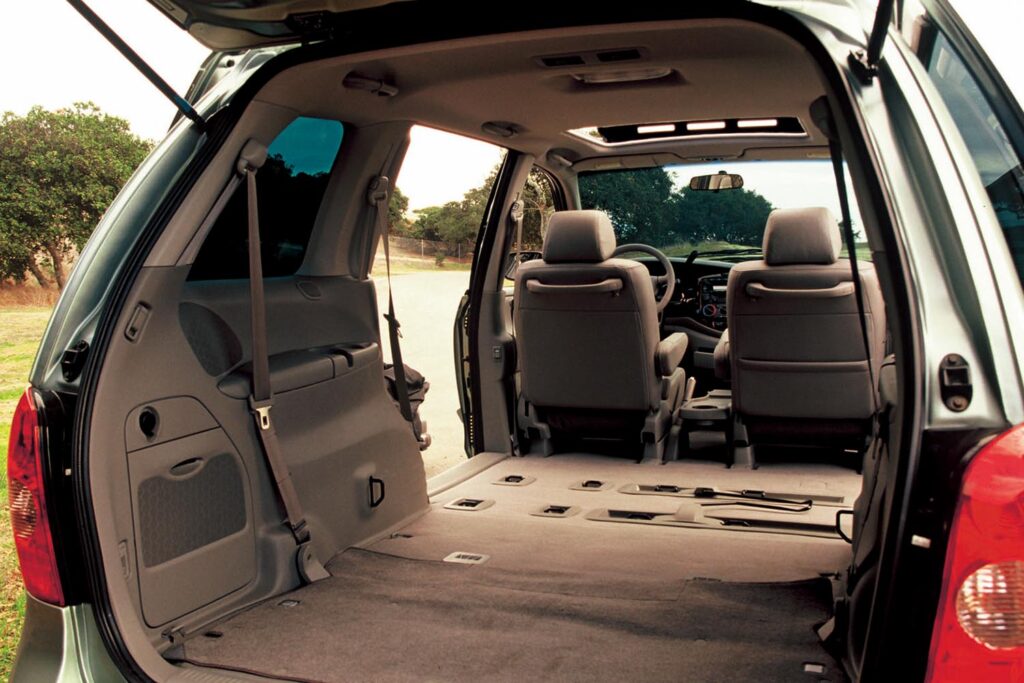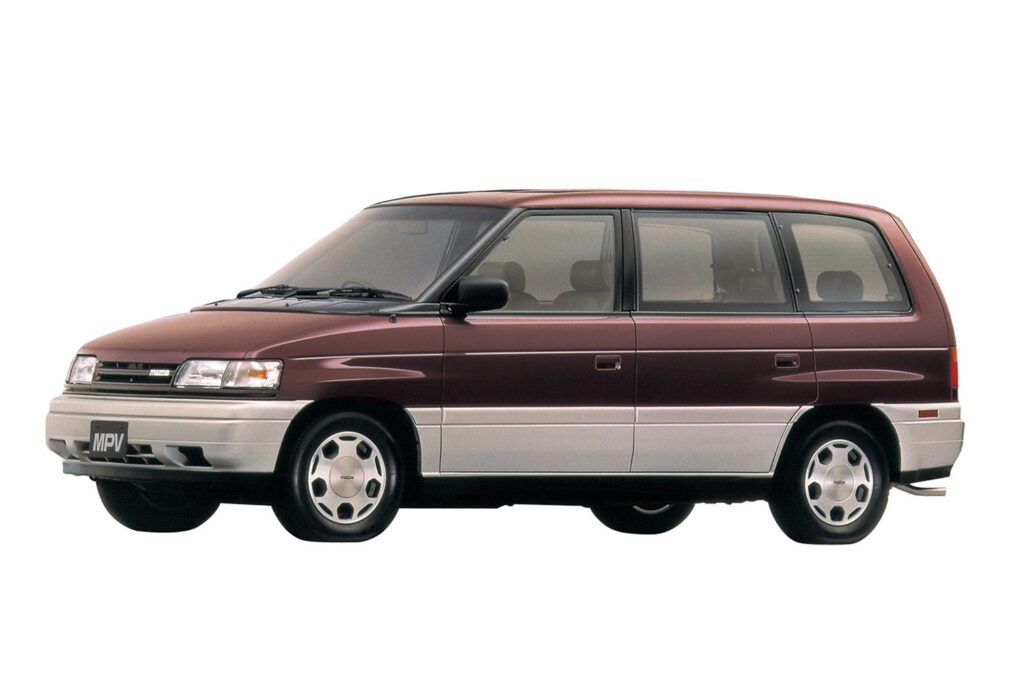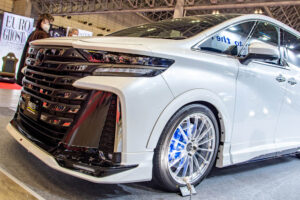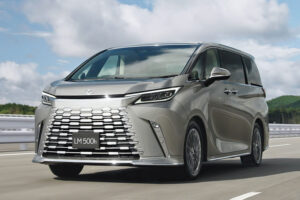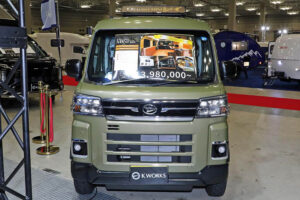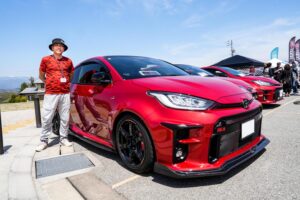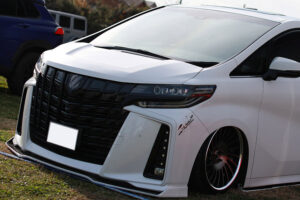A Japanese minivan that was popular in a certain music scene in the 1990s
The Mazda MPV was launched in 1988 as a minivan targeted at North America, and sales began in Japan in 1990 through Anfini stores, production ended in 2016 after two model changes. It is undeniable that the MPV had a somewhat minor presence in Japan, falling behind the Toyota Estima and Honda Odyssey. Such MPVs were gaining support in a certain music scene in the United States in the 1990s.
MPV featured in music video of East Coast hip-hop scene
When one hears of successful musicians’ cars, one imagines supercars such as Ferraris and Lamborghini, and superlative-level luxury cars like Rolls-Royce. Mazda’s first generation MPV, which was priced in the mid 3 million yen range when it first arrived in Japan, is not cheap, but it doesn’t seem to be associated with them.
When we looked into it, it was indeed not a common story among musicians in general, and it seems to have been mainly in the hip-hop community, especially on the East Coast. Some notable artists whose love for MPV is evident in their music videos include Fat Joe, who was nominated for a Grammy Award for Best Rap Performance, and the legendary 1990s hip-hop crew Wu-Tang Clan, who was also nominated for a Grammy Award for Best Rap Performance. Others include Notorious B.I.G., who continues to be highly regarded even after his assassination in 1997 at the young age of 24, and 2Pac, who continues to influence many artists after his equally tragic demise on the West Coast.
The first-generation MPV is now endangered in the used market
Why were they attracted to the somewhat minor MPV, which is neither a majority in the U.S. nor in Japan? While so-called supercars and luxury cars are symbols of wealth and easy-to-understand coolness, the simple and rugged style of the MPV, which is less popular than the Toyota Estima or Honda Odyssey, struck a chord with the musicians who, even after achieving wealth and fame, continued to pursue their paths, Those who sympathized with their way of life may have also developed an image of the MPV as “good-looking.
Of course, the boom was not caused solely by admiration for the MPV, but it must also have had a great deal of appeal as a car. Although it did not have the name recognition or sales volume of its rivals, its 3000 cc V6 engine was powerful enough to meet the needs of the market, and its edgy body and large windows were directly related to its ease of driving, making it easy to use in urban areas such as New York.
As the name MPV (multi-purpose vehicle) suggests, it boasted high driving performance with a 4WD drive system based on RWD, and was a pioneer of what is now known as the crossover SUV. It was also a pioneer of the crossover SUV, with room for seven to eight passengers and a large luggage capacity. It is whispered in some quarters that it was convenient for transporting drugs, and this outlaw flavor may have contributed to the boom.
The first-generation MPV was loved by the biggest names in hip-hop and played a role in music culture. A check of several search sites reveals that there are a few second and third-generation MPVs around, but none for the first generation. Even in the U.S., only models from the 2000s could be found, and surprisingly, none of the first-generation MPVs, known as the LV series, were found (at the time of writing). Indeed, 25 years have passed since production ended, and they are rarely seen on the streets. It is no exaggeration to say that they are now on the verge of extinction, and individuals in good condition may even be called cultural assets. !?



